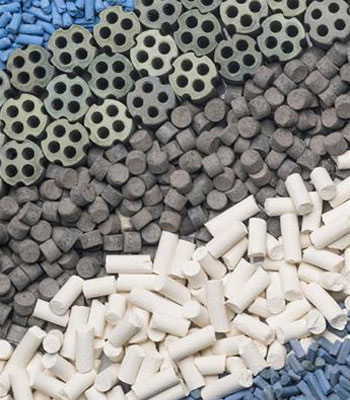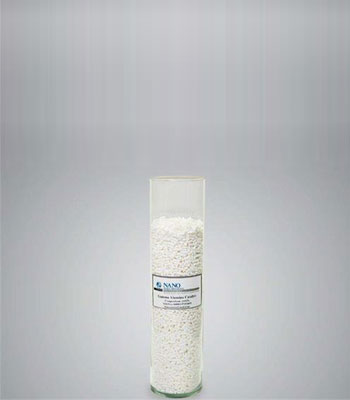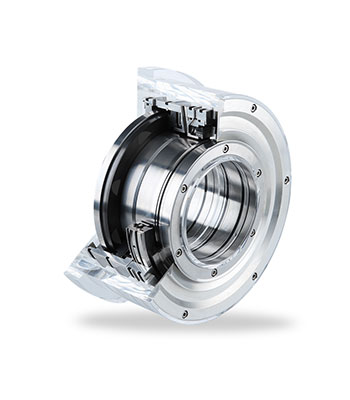Dental Unit Extra 3006 / Children Unit Dental Equipment & Supplies
$0.00Design
* Full automatic chair
* Comfortable seat
* High-stable chair; needless of foundation
* New multi-position headrest
Dental Unit Extra 3006 Dental Equipment & Supplies
$0.00- Hygienic and disinfect able control surfaces
- Nurse table
- One-function pedal
- Seamless aluminum body
- Unit box and arms made of aluminum
- *Doctor table equipped with coil hoses
- Nurse table syringe
- Tech specs
- Automatic system for selecting working positions
- Chair built-in controller for chair movement
- 2nd pneumatic suction(Air jet)
- Shade-less halogen lamp
Desk
$0.00Model : Assistance
Description : Assistance Desk types :Wood All type 2812 , metawood type 2821, Unica wooden plate type 2927 ,Titany type 2934.
Company name : Mohitara Office Furniture Co
Packaging : –
Minimum order : 1
Standard : –
Production power : –
Desk Model Expert
$0.00Model : Expert
Description : Different types of Expert Desks:Wood All type3315,TitanyType3342,Unica wooden Type 3336,:Metawood Type 3323
Company name : Mohitara Office Furniture Co
Packaging : –
Minimum order : 1
Standard : –
Production power :-
Desk Model Management
$0.00Model : Management
Description : Management Desks: Lugano type 2144, Royalty type 2154, Metawood ,conference 2321, Arno type 2471.
Company name : Mohitara Office Furniture Co
Packaging : –
Minimum order : 1
Standard : –
Production power : –
Desk Model Staff & Operator
$0.00Model : Staff & Operator
Description : Staff & Operator Desk types:: Wood All type 3611, Metawood type 3619, Unica type 3626, Titany type 3633.
Company name : Mohitara Office Furniture Co
Packaging : –
Minimum order : 1
Standard : –
Production power : –
Desktop Gas Stove Model 604
$0.00Steel plate dimensions:57*46.5 cm
Cutting dimension:61*51 cm
Security glass with high thermal resistence
Full-steel plate
Automatic lighter behind the valve
Spanish ORKIL super-fast Thermocouple timer
Volume type of lead dioxide
DGS Mechanical seals for pumps
$0.00SEAL FACE: Silicon carbide with DLC coating, Carbon graphite
SEAT: Silicon carbide with DLC coating
SECONDARY SEALS: FKM
METAL PARTS: 1.4006 or other stainless steels
OTHER MATERIALS ON REQUEST: Available also with EagleBurgmann DiamondFace technology
Diamond Hand Engraved Persian Cup
$0.00Information
- Dimensions 30×20×15 cm
- Place of production: Isfahan
- Application: Decorative
- Material: Copper
- Handling time: 10 Days
- Glazed veneer: 6 layers of polyester
Dicalcium Phosphate (DCP) Dental Grade
$0.00Application
DCP is a white and fine powder. This product is used in the following items: Cosmetic and hygienic industries (for example in toothpaste).














